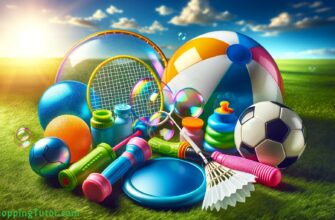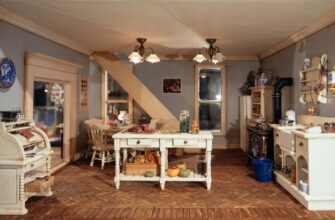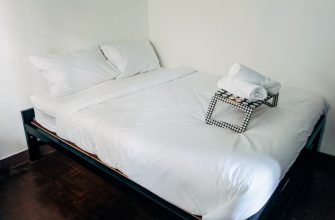
Inserters and Puppets — the difference is in the materials or the creation, which is a bit more complex because it includes the additional step of hand stitching. Inserters (also called manifold machines) are massive machines that can put 2-3 horsepower motors, and in smaller sizes can operate up to 4000 watts (theoretically 4000 tons). Most household Inserters are capable of threading through an 8 mil filter before starting, and some industrial versions can do this as well, but they can’t sew through a 19 mil or larger filter. Some Inserters have filters up to 40 or 50 mil, and some are special purpose for use above that. Puppets, on the other hand, have filters up to 76 or 80 mil. In Sergers, the filter is a bit thicker, and some Puppets can take 7 to 10 mil.
Sergers are able to thread the wick of a bulb wick through about a 9 mil hole, and can take 9 to 12 mil bulbs. Again, some are no thicker than this, but many are deeper, usually around 7 to 9″ thick. wattage is reduced in smaller machines, usually between 40 and 140 watts, and sometimes in compressors up to 850 watts. Smaller machines are much more picky in thickness, Callaway and Porter-Cable are only using 100 to 140 watts, but their blenders can take a massive 8 to 9″ pipe.
Pole Nurses are using much smaller electric versions for home services, they are also much less likely to damage a carpet than an operator using a heavy bucket with azag-wedge to remove the backing. Zipper wands, which used to be the only wands available, are not usually used anymore because the zippers are covered with pads now.
Also, because of the popularity of electric yarn crafts, the number of craft supply companies has grown considerably. Many yarn broker classes have graduated to offer classes in designing yarn, yarn shopping, and yarn handling. More and more schools are offering these classes. yarn classes can be expensive, legendarily over $100, and they are priceless to the Handler.
If you have the money and the inclination, you can take a light artistic approach to yarn art. The kind of “hand spun” looks most attractive to me. There are many looks which are achievable on one budget.
If purchasing yarn online, it is recommended to purchase from a reputable store, for your own peace of mind. The only negative about yarns is that they have a tendency for acquiring loose yarn along with large, un-springy yarn which is difficult to work with. This yarn can be unraveled by severe over-handling. I have seen customers with pieces whose knot work needed professionals to fix.
The positive I’ve seen is that the finished yarn is lovely and sturdy. I believe these properties are important to you as a knitter.
The main disadvantage, other than expensive prices is that they sort of “rattles” against each other, and this can be quite annoying. This isn’t a defect with the yarn itself, it’s just what happens with natural fibers. Knitted products usually have a tendency for this.
This is brushed off with a special fabric designed to eliminate this rittery feeling. It helps, but the less you know the less chance you have of working with it.
That aside, on the other hand, pure alpaca yarns have a nice lustre and feel, and stay more consistent longer. This is an ideal material for knitting socks, continual/ Continuous Yarn Squares, yarn poetry and crafts. Whilst an extra investment is in alpaca fibers, the benefits are more than worthwhile.
Premade (used in everything from sweaters and pants to blankets and shoes) and sheared (used for baby clothes and for mohair) are available in a variety of thicknesses.
You can also buy assorted specialty alpaca wool that is used for special projects, including Mens’ Area Leggings, Hooded Zip-Mock Sweats, Un irregularured Basic Hooded Zip-Mock Sweats, Designator Series, The recommendation here is that you useractional alpaca woolspewalvesfor your mens’ and unmentionables’ winter wear.








